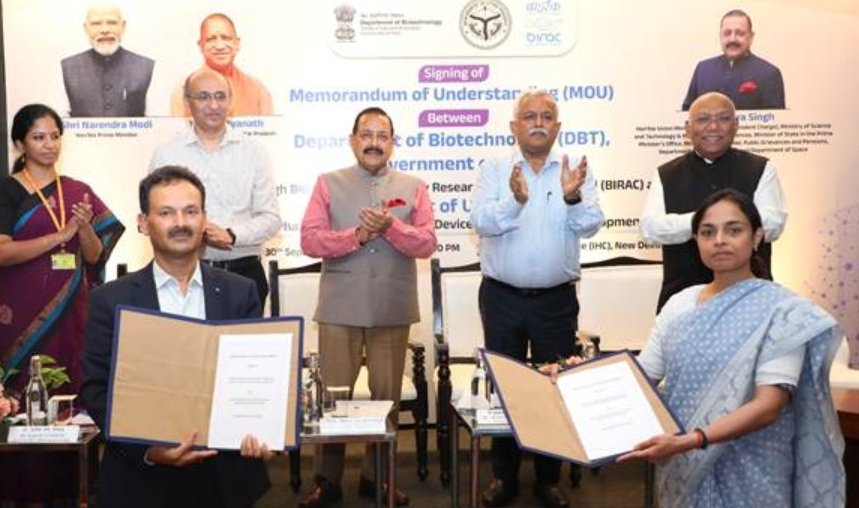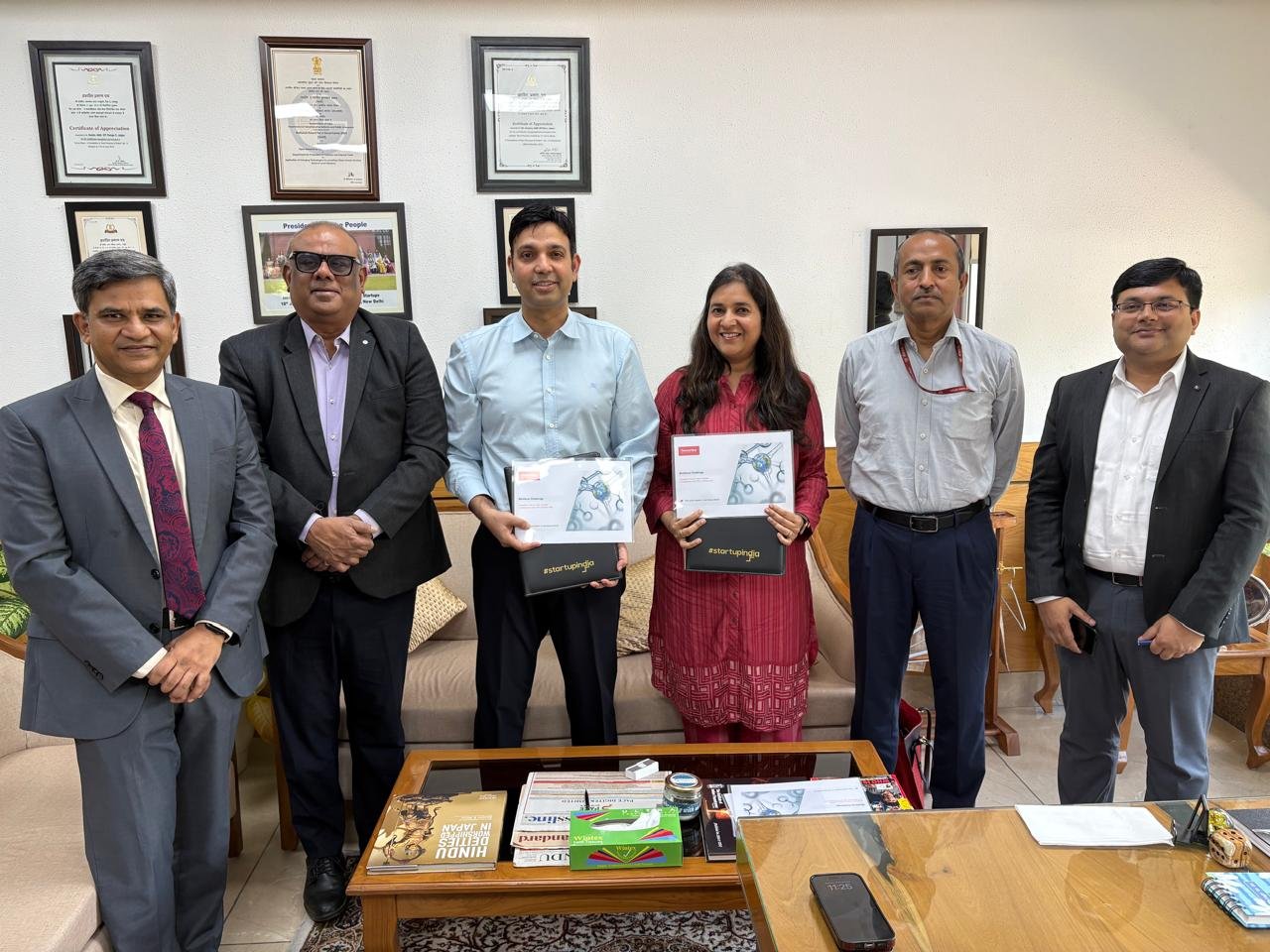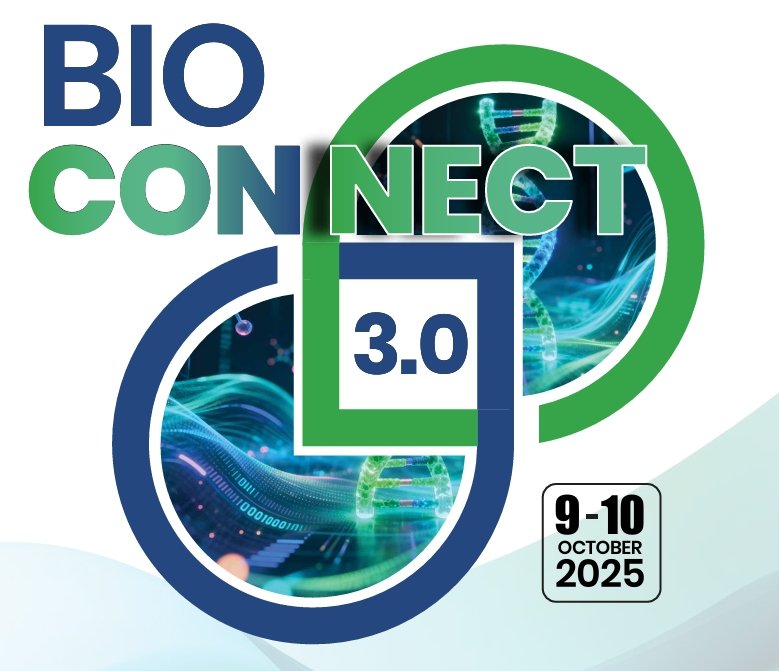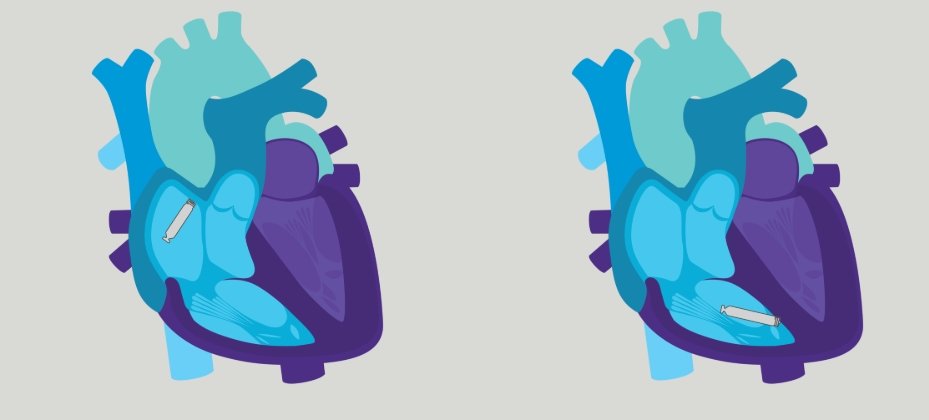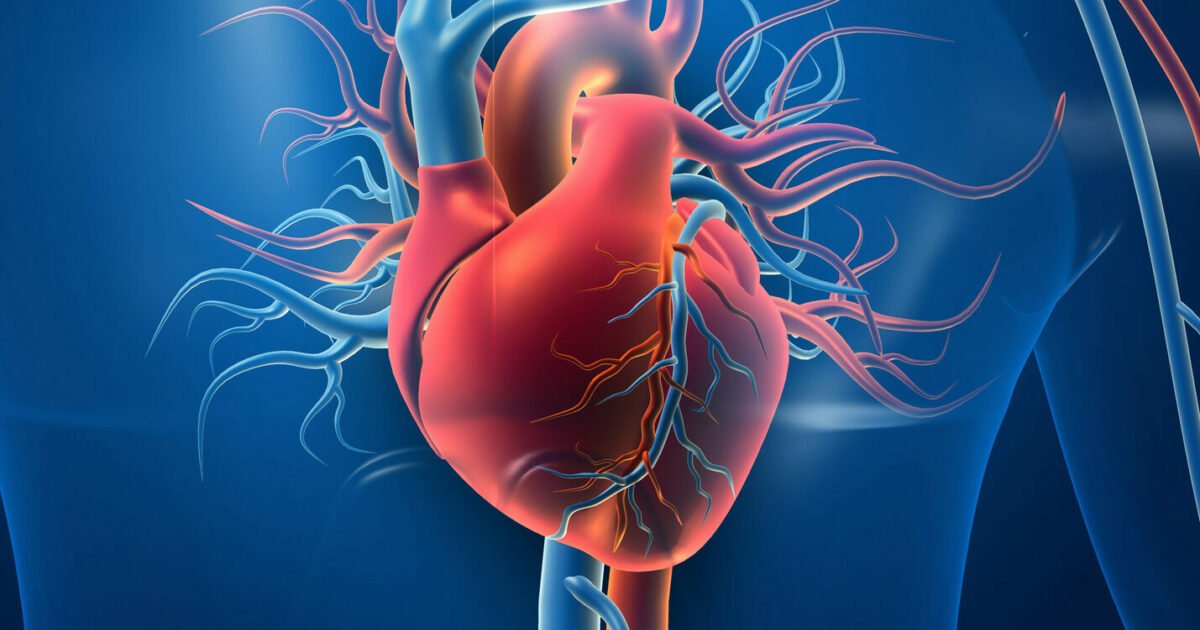Trends in proteomics contract research
October 07, 2010 | Thursday | News
 Dr Richard
Lipscombe
Dr Richard Lipscombe is the founder and Managing Director of
Proteomics International, Australia and an expert in protein analysis.
Proteomics International is both a contract service provider and
research and development company, focusing on developing value from
unlocking the protein code specifically for drug discovery and
biological research. Dr Lipscomb is a protein chemist with extensive
experience in analysing biomolecules using proteomics techniques. This
includes over 20 years international experience in hospital and
academic laboratories and commercial organizations in Australia, the US
and the UK.
Dr Richard
Lipscombe
Dr Richard Lipscombe is the founder and Managing Director of
Proteomics International, Australia and an expert in protein analysis.
Proteomics International is both a contract service provider and
research and development company, focusing on developing value from
unlocking the protein code specifically for drug discovery and
biological research. Dr Lipscomb is a protein chemist with extensive
experience in analysing biomolecules using proteomics techniques. This
includes over 20 years international experience in hospital and
academic laboratories and commercial organizations in Australia, the US
and the UK.
Proteomics is analysing all the proteins in a cell, tissue or organism,
or more simply, a system. Exemplifying the practical term of system,
proteomics is used narrowly to study specific pathways within a cell,
or broadly, with the example of the Human Liver Proteome Project
centred in China, to map every protein involved in the operation of the
second most complex organ in the human body.
Advancements in proteomics
Most developments in proteomics and protein discovery have focused on a
systems approach, and specifically system comparison and biomarker
discovery. Applications are enormous, from human diseases such as
cancer and diabetes, to salt tolerance and pathogen resistance in
crops. This is achieved by comparative proteomics using a series of
separation techniques followed by the identification power of the mass
spectrometer. Sensitive mapping of many protein and peptide systems is
possible – 50 micrograms of protein extract from a cell culture can be
sufficient to identify over 1000 proteins from that system, or a single
scorpion sting can be mapped to identify over 300 new peptides (each a
potential new drug). Whilst as little as 10 years ago, it was standard
practice to identify one protein in 24 hours with Edman N-terminal
protein sequencing, it is now possible to sequence and reliably
identify one protein in one minute with a mass spectrometer.
Liquid chromatography (HPLC) has taken over from traditional
two-dimensional gel electrophoresis as the method of choice for protein
separation. The most successful techniques are based on the MudPIT
(multidimensional protein identification technology) approach, which
uses a series of chromatography steps (usually ion exchange and reverse
phase) to separate a complex mixture of protein fragments. An essential
step is that the entire protein sample is first digested into peptides
before it is applied to the HPLC. This ultimately presents a
bioinformatics challenge, but saves time because the sample (i.e., all
the peptides) can be directly analysed by mass spectrometry.
In order to compare the differential protein expression of two or more
samples, the proteins from each source can be chemically and uniquely
labelled before the separation experiment begins. When successful, the
comparative analysis produces new information on the key components of
the system-discovering biomarkers for that disease or trait.
Current approaches seek to improve peptide separation and sensitivity,
and an exciting development has been the advent of LC-MALDI MS (liquid
chromatography - matrix assisted laser desorption ionisation mass
spectrometry), whereby the HPLC eluates are mixed with matrix and
simultaneously spotted onto MALDI MS targets. This has a number of
advantages:, high-throughput TOF (time of flight) instruments can be
used to process the samples; the samples are stable on the target so it
can be archived and processed at a convenient time; the samples can be
re-analysed.
The coverage obtained by the different proteome mapping methods varies,
however, LC-MALDI and MudPIT LC/MS have clearly overtaken 2D-gel
electrophoresis. Of course, no one approach will tell the whole story.
Whichever system is used vast amounts of data are created – nowadays
one comparative protein discovery experiment can create nearly a 1Gb
file. This requires extraordinary computing power, and centralised
super computers that can handle the data of many groups are a sensible
solution. The Australian Proteomics Computational Facility is one such
example, accepting data from any group in the APAC region.
Proteomics and contract research
Interest in analysing protein systems in great detail has led to a
focus on post translational modifications (PTMs) such as
phosphorylation and redox changes of thiol groups. These PTMs allow
whole new classes of protein activities to be targeted with exquisite
selectivity. The techniques being developed also have another
far-reaching benefit: to provide a new suite of tools for the fast
emerging biosimilars market – a precision approach to quality control.
This rapidly growing market is forecast to be worth a heady

3,45,000
crore
($77 billion) within two years. Biosimilars, also termed
biogenerics or follow-on biologics include monoclonal antibody type
drugs, and novel medications like insulin, beta interferon, G-CSF and
coagulation factors.
A growing role for protein analysis CRO's is to offer complete,
independent, molecular characterization. This ranges from verification
of amino acid sequence to disulphide bridging and ratification of
PEGylation sites. Many techniques remain in their infancy in
traditional analytical labs, whilst accredited facilities are extremely
rare.
Agencies such as the FDA are starting to realise the power of this new
application of proteomics, and are pressing for reliable mass
spectrometry based data.
Regional testing authorities such as NATA (Australia), and APLAC (Asia
Pacific Laboratory Accreditation Cooperation) are responding and it is
probable that ISO/IEC 17025 laboratory standards will become an
essential QC requirement for advanced proteomics facilities.
The broadening interest in proteins as therapeutic and agri-biochemical
targets, or as diagnostic markers, means there are a wealth of projects
to pursue, and numerous ways of pursuing them.
Appreciating the potential rewards, and the pitfalls, as researchers
engage with contract service providers will ensure a faster path to
that next protein discovery.
References:
1. TIDES 2008 Oligonucleotide and Peptide Technology and Product
Development 18–21 May Las Vegas;
2. Bringans S.D., Erikson S., Kendrick T., Gopalakrishnakone P., Livk
A., Lock R. and Lipscombe R.J. (2008), Proteomic Analysis of the Venom
of Heterometrus longimanus
3. (Asian Black Scorpion), Proteomics, 8, 5, 1081-96.; 3. RNCOS
(http://www.in-pharmatechnologist.com/Industry-Drivers/Protein-therapeutics-worth-77bn-by-2011-says-RNCOS)




 3,45,000
crore
($77 billion) within two years. Biosimilars, also termed
biogenerics or follow-on biologics include monoclonal antibody type
drugs, and novel medications like insulin, beta interferon, G-CSF and
coagulation factors.
3,45,000
crore
($77 billion) within two years. Biosimilars, also termed
biogenerics or follow-on biologics include monoclonal antibody type
drugs, and novel medications like insulin, beta interferon, G-CSF and
coagulation factors.